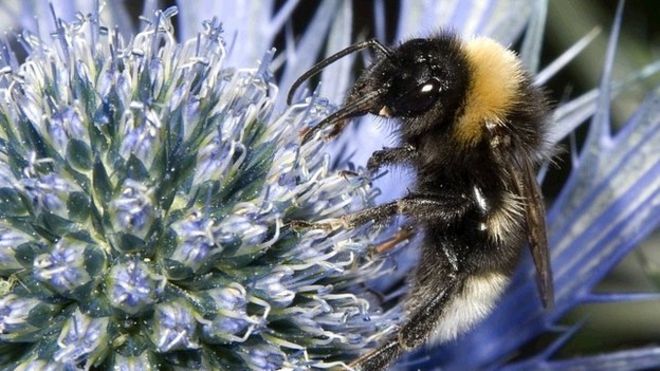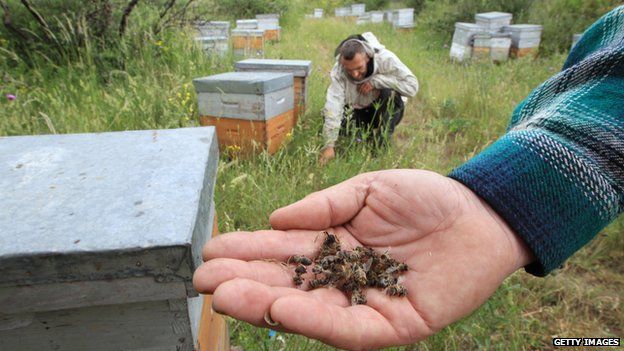139 Countries Could Get All of their Power from Renewable Sources
Energy from wind, water and sun would eliminate nuclear and fossil fuels

Courtesy of The Solutions Project
The plans, which list exact numbers of wind turbines, solar farms, hydroelectric dams and such, have been heralded as transformational, and criticized as starry eyed or even nutty.
Determined, Jacobson will take his case to leaders of the 195 nations that will meet at the U.N. climate talks, known as COP 21, which begin in Paris on Nov. 29. His point to them: Although international agreements to reduce carbon dioxide emissions are worthwhile, they would not even be needed if countries switched wholesale to renewable energy, ending the combustion of coal, natural gas and oil that creates the vast majority of those emissions, and without any nuclear power. “The people there are just not aware of what’s possible,” says Jacobson, a civil and environmental engineering professor at Stanford University and director of the school’s Atmosphere and Energy Program. He is already scheduled to speak twice at the meeting, and will spend the rest of his time trying to talk one on one with national leaders and their aids.
Jacobson thinks the 139 national plans will get traction not only because they offer a path to lower emissions, but because in total, they would create 24 million construction jobs and 26.5 million operational jobs, all spanning 35 years, offsetting 28.4 million jobs lost in the fossil fuel industries. That would leave a net gain of about 22 million jobs. Going 100 percent renewable would also prevent 3.3 to 4.6 million premature deaths a year through 2050 that would have happened because of air pollution from those fossil fuels. “These numbers are what gets people’s attention,” Jacobson says.
Jacobson and Delucchi, a research scientist at the University of California at Davis, presented their “100 percent renewables” construct to the public for the first time in a 2009 feature article in Scientific American. It explained how the world could derive all of its power, including for transportation, from 1.7 billion rooftop solar systems, 40,000 photovoltaic power plants, 3.8 million wind turbines, 900 hydroelectric plants, 490,000 tidal turbines and so on. “The whole idea originated with the Scientific American article,” Jacobson says. “Now there are five or six nonprofit organizations that use ‘100 percent’ in their name. Walmart, Google and Starbucks have said they want to go to 100 percent renewable energy. So have a number of cities. The goal of our plans for U.S. states and the 139 countries is to have places set their own ‘100 percent’ goals.”
see also
Some have. As a first step, New York and California have both passed legislation calling for about 60 percent of their power to come from a renewable energy mix by 2030. Hillary Clinton has endorsed a 100 percent goal for the U.S. by 2050.
Energy demand across the 139 nations by 2050 would be met with a broad set of wind, water and solar technologies: 19.4 percent onshore wind farms, 12.9 percent offshore wind farms, 42.2 percent utility-scale photovoltaic arrays, 5.6 percent rooftop solar panels, 6.0 percent commercial rooftop solar panels, 7.7 percent concentrated solar power arrays, 4.8 percent hydroelectricity, and 1.47 percent geothermal, wave and tidal power. Jacobson, Delucchi and more than a dozen colleagues from around the world have posted the details, country by country, in a self-published paper they released online. Hoping to make it available for COP, they have yet to publish it in a journal, but they intend to, Jacobson says. The previous plans have all been published.
The big knock against renewables such as wind and solar is that they are intermittent; the wind doesn't always blow and the sun doesn't always shine. That means large amounts of energy storage are needed to save up excess power generated when these technologies are going full bore, which can then be tapped when they are low. Storage adds substantial cost and complexity to a renewable energy system.
But Jacobson has an answer. By using a smart mix of technologies that complement one another during different parts of the day and different weather conditions, storage can be kept to a minimum. He, Delucchi and two colleagues explain how this can work across the U.S. in a paper in the Proceedings of the National Academy of Sciences that will be published Nov. 23.
The engineering detail in all these papers and plans is staggering. The document released for the 139 countries provides an itemized mix of technologies and costs for every nation, as well as how much land and rooftop area would be required. Since 2009 the two researchers, working with many others, have honed the numbers again and again. Now what is needed most, Jacobson says, is exposure. “We have talked to hundreds of expert and politicians. Now we need to reach hundreds of millions of people,” in hopes that they will see the possibilities and begin to call for them.
That's why Jacobson and several high-profile businesspeople and entertainers started the Solutions Project to educate the public, business owners and policy makers about the roadmaps. Support comes from the Elon Musk Foundation, the Leonardo DiCaprio Foundation and others. “We are tying to find a way to combine business and culture and science to get the information out—to engage, to tell stories,” Jacobson says.
He himself scored a spot on David Letterman’s Late Night show in 2013. He says DiCaprio is planning to visit COP 21 while he is there. “We want to translate the benefits of the plans for people everywhere,” Jacobson says. “That's when good things will happen.”
------------------------------------
This was published online by Scientific American on 26 November 2015.
It is not pie in the sky stuff but well thought out engineering proposals. Lets see if it gains some traction over the next few weeks in Paris.
Do your bit.........circulate it.






